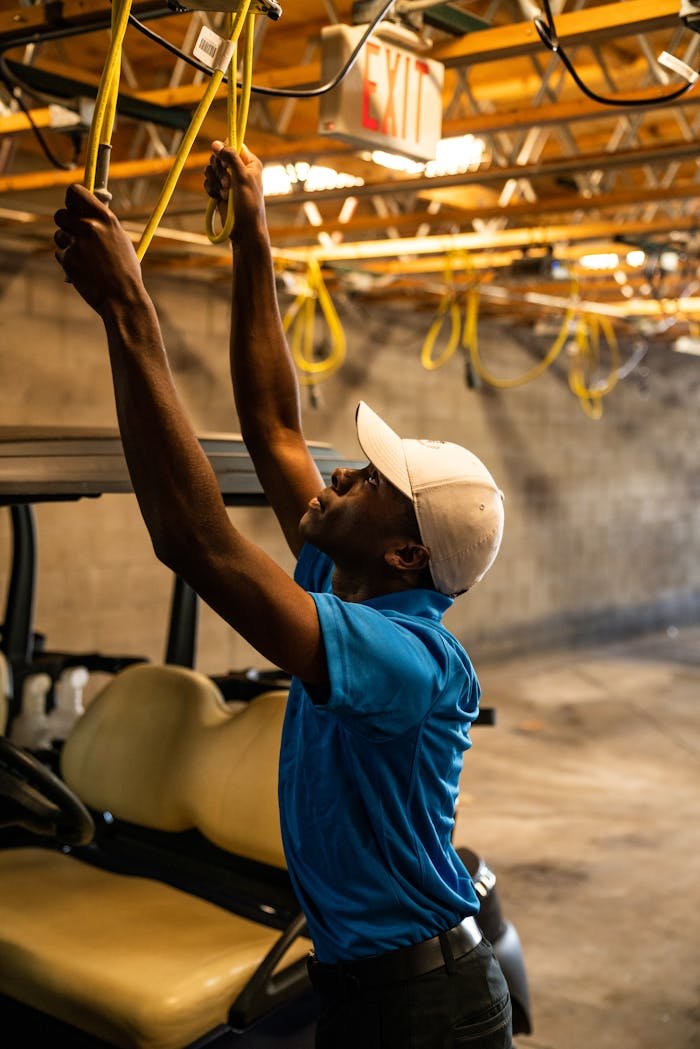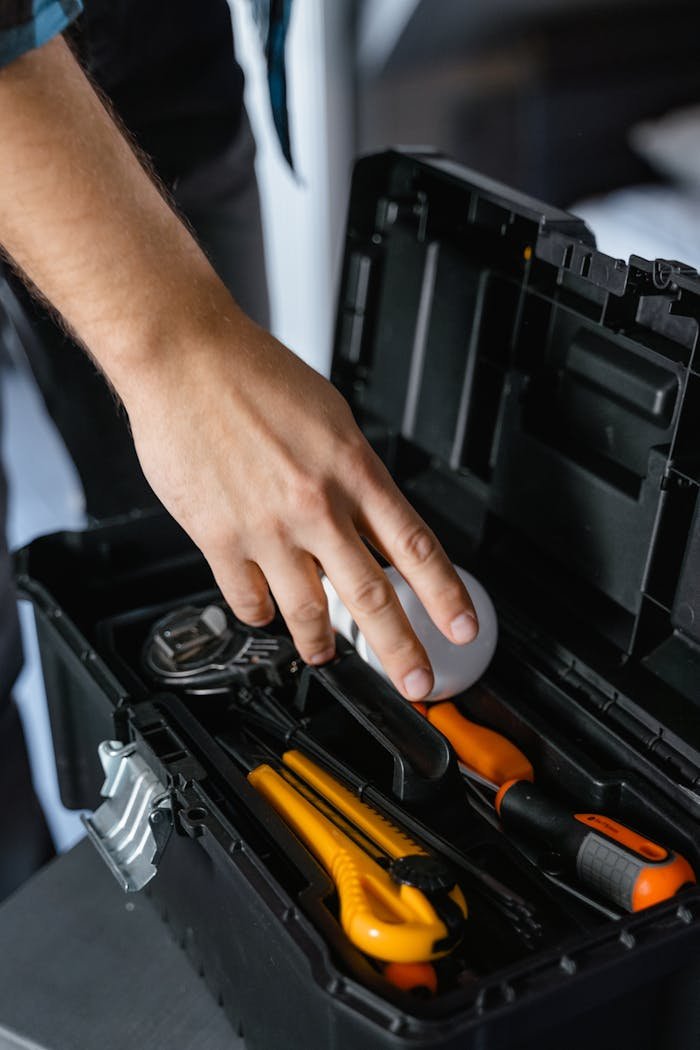Every homeowner encounters electrical issues at one point or another. Unlike other home improvement projects, electrical repairs involve risks, such as electric shocks and fires if mishandled. Without the necessary knowledge and skills, small electrical problems can escalate into costly complications.
This guide will help you troubleshoot common electrical problems and determine when to call professional electricians.
Fixing Flickering Lights
Flickering lights may indicate loose connections, overloaded circuits, or faulty light fixtures. Follow these steps to diagnose and fix the issue:
- Observe: Check if multiple lights or just one is affected.
- Check: Ensure the bulb is screwed in securely. Try using an incandescent bulb if using CFL or LED lights.
- Inspect: Examine the light switch for loose connections and replace it if needed.
- Seek Help: If flickering persists, it may indicate wiring problems requiring professional repair.
For more insights on electrical services, check out this comprehensive guide.
Circuit Breaker Keeps Tripping
Frequent breaker trips indicate overloaded circuits, short circuits, or ground faults. Follow these troubleshooting steps:
- Unplug: Disconnect devices from the affected circuit.
- Reset: Toggle the breaker fully off, then on.
- Identify the Issue: If the breaker trips immediately, there may be a short circuit or ground fault.
- Overload Inspection: Reconnect devices one by one to identify the culprit.
If the breaker continues to trip after troubleshooting, consult a professional. Learn more about circuit issues here.
Electrical Outlet Not Working
A non-functioning outlet can result from a tripped GFCI, loose connections, or damaged wiring. Troubleshooting steps:
- GFCI Check: Reset nearby GFCI outlets.
- Circuit Inspector: Verify if the breaker is tripped.
- Power Test: Use a digital multimeter to check power flow.
- Seek Professional Help: If the outlet still doesn’t work, call an electrician.
For additional troubleshooting tips, visit this guide.
Troubleshooting Home Electrical Problems
Serious electrical problems may present as burning smells, discolored outlets, or warm switch plates. Follow these safety steps:
- Identify: Determine which circuits are affected.
- Circuit & GFCI Check: Inspect breakers and GFCI outlets.
- Wiring Inspection: Look for visible damage.
- Safety First: Use a non-contact voltage tester.
If issues persist, contact an electrician immediately. Read more about electrical issue troubleshooting here.
Importance of Professional Home Electrical Repair Services
While minor repairs can be DIY, some cases require professional assistance, including:
- Persistent electrical issues.
- Problems with the main electrical panel.
- Wiring upgrades or installations.
- Burning smells from outlets or switches.
- Frequent circuit breaker trips.
Licensed electricians ensure safety, code compliance, and efficiency. Learn more from this expert discussion.
Conclusion
Understanding basic electrical troubleshooting can save time and money, but for complex issues, professional home electrical repair services are essential. If you’ve tried these troubleshooting tips without success, or if the issue feels unsafe, contact a licensed electrician. Safety should always be the top priority.



